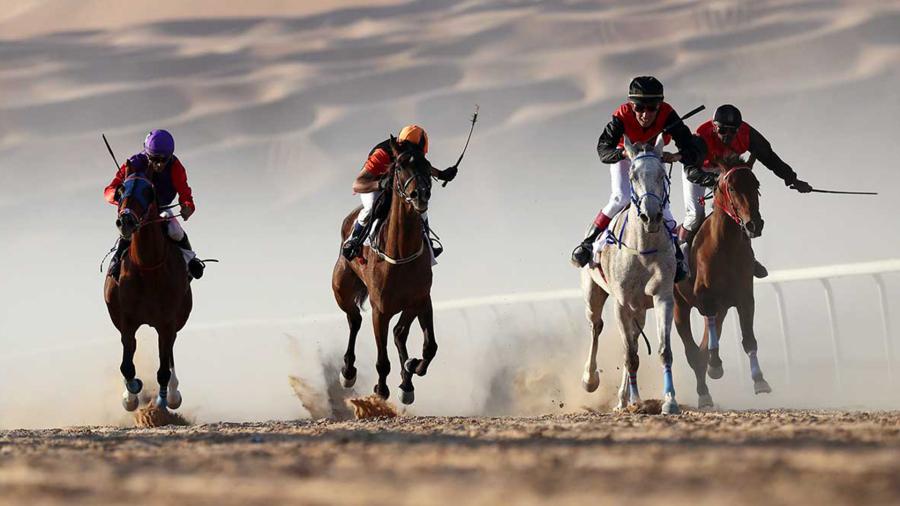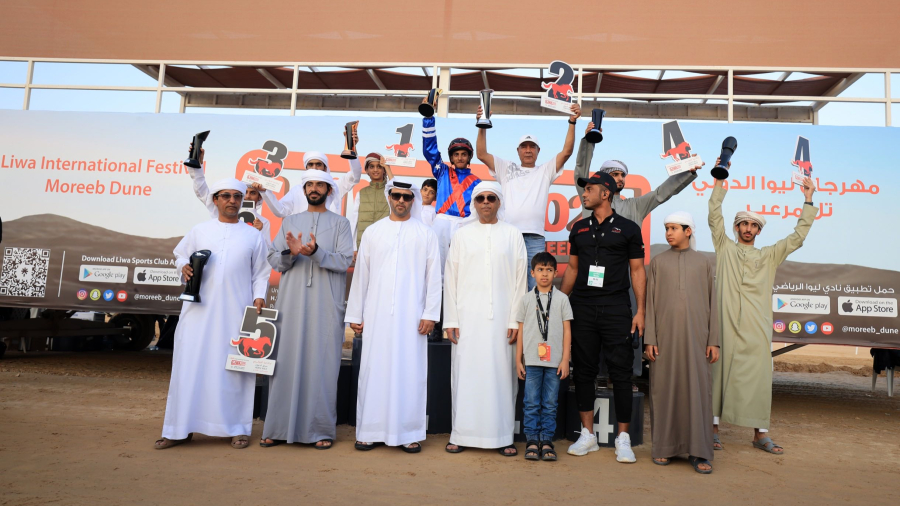Introduction
The history of horse racing dates back to ancient times when chariot races were prevalent. Successful racehorses were selectively bred to perpetuate their bloodlines, even in the earliest days. The Arab Bedouins are renowned for pioneering the practice of breeding Arabian horses through a process of selective purity.
It was in ancient Greece around 648 BC that the first races with riders took place, marking a significant milestone.
With the rise of the Roman Empire, horse racing saw occasional events, but chariot races were the norm. The Roman Emperor Lucius Septimius Severus in 208 AD who settled in Yorkshire, England, is believed to have established the first race track in England.
In the 8th century, the Arabs’ conquest of Spain introduced Europe to their strong and swift horses, particularly the renowned Arabian steeds. The fame of these Arabian horses spread across Europe.
The first documented races in England took place in 1074 at Smithfield Track, and from the 14th century onward, an increasing number of Arab, Barb, and Turkish horses were brought to England for breeding purposes. Crossing these lighter and swifter stallions with heavier English mares resulted in the development of a sturdier horse suitable for both warfare and racing.
Racing continued to evolve in England with the support of King James I and King Charles I in the early 1600s. Racing was briefly banned by Cromwell in 1654, but was reinstated by King Charles II, who was an avid racing enthusiast, in 1660. Consequently horse racing became known as the Sport of Kings.
The Arabian horse that had the most significant influence on shaping the modern Thoroughbred breed was the Darley Arabian. Brought to England in 1704, he himself never raced, his legacy lived on through his great-great-grandson, the legendary racehorse Eclipse who remained undefeated in 21 races. Approximately 90% of today’s Thoroughbreds trace their male lineage back to Eclipse.
Video: Arabian Horse racing in Liwa International Festival organized by the Liwa Sports Club
Economic value
Horse racing, while primarily a sporting event, holds a notable economic importance due to its association with gambling. In 2019, the global betting turnover for horse racing exceeded €115.5 billion.
- Page 43, “Annual Report 2019” (PDF). International Federation of Horseracing Authorities. 2019. Archived (PDF) from the original on 2022-02-09. Retrieved 2022-05-11.
It is worth noting that the United Arab Emirates prohibits betting as per legal regulations.
Types of Races
Horse racing encompasses various types of races and different horse breeds have been selectively bred to excel in each of these disciplines:
- Flat racing: Horses compete by galloping directly between two points on a straight or oval track. Common breeds: Thoroughbreds, Quarter Horses, Arabians, Paints, and Appaloosas
- Jump racing: Horses race over obstacles, testing their jumping abilities. Common breeds: Thoroughbreds and AQPS
- Harness racing: Horses trot or pace while pulling a driver in a sulk ( a light two-wheeled cart). Common breeds: Standardbreds, Russian and French Trotters , Light cold blood horses like Finnhorses and Scandinavian Coldblood Trotters.
- Saddle Trotting: Horses must trot from a starting point to a finishing point with focus on highlighting the horse’s extravagant gaits, especially the trot.
- Endurance racing: Horses cover long distances, often ranging from 40 to 161 km, across challenging terrains. Races below 40 Km are categorized as limited distance rides.
Ponies also have their own races, including both flat and jump races, as well as harness racing.
Common Horse Breeds
Thoroughbreds
These are described as hot-blooded horses because of their agility, speed, and spirit. Note that hot blooded refers to the temperament and not to blood temperature as all mammals are biologically warm blooded.
Thoroughbreds were developed in 17th- and 18th-century England, when native English mares were crossbred with any of three imported stallions called the Darley Arabian, the Godolphin Arabian (Barb), and the Byerley Turk. The price of a horse could be USD 70,000 however the most famous Thoroughbred Horse, Fusaichi Pegasus (1997- 2023) was reportedly sold for USD 70 million in 2000.
Source: https://www.latimes.com/archives/la-xpm-2000-jun-28-sp-45555-story.html
The Arabian Horse:
The Arabian was historically bred for warfare due to its endurance and speed in the harsh conditions of the Arabian peninsula. The horse is known to have carried Alexander the Great in his conquests. Today it holds a significant place in the world of horse racing.
The Arabian can be hailed as the original race horse, as its bloodline played a pivotal role in enhancing the speed and stamina of English horses and became the wellspring from which the Sport of Kings emerged. Witnessing them in action is to observe perfection in motion.

APQS:
Autre Que Pur-Sang, translated as “Other than Thoroughbred” mainly refers to cross breeding between Thoroughbreds and French horses. The most famous APQS stallion is Al Capone II (1988-2020) who won the Grade One Grand Steeple-Chase de Paris in 1997 and seven consecutive Grade One Prix La Haye Jousselin steeplechase races.
Standardbreds
The Standardbred is an American horse breed renowned for its prowess in harness racing, competing at either a trot or pace. Compared to Thoroughbreds, Standardbreds are heavier, possess more muscular build, and have longer bodies. The foundation of this breed can be traced back to horses from North America and England, which ultimately trace their lineage to a Thoroughbred named Messenger, foaled in England in 1780.
Niatross (1977-1999) was an exceptional American champion widely regarded as one of the greatest harness horses in history. Following his passing, Niatross was cremated, and his remains were laid to rest at the Hall of Fame Museum in Goshen, New York. Source:
Russian and French Trotters
As their names imply, these horses are primarily known for their trotting abilities. The Russian Trotter is a hybrid breed that combines the traits of the native Orlov Trotter, which originated in Russia, and is known for its remarkable speed and endurance, with the American Standardbred. On the other hand, the French Trotter was selectively bred in Normandy, France, with a specific focus on racing.
Finnhorses and Scandinavian Coldblood Trotters
The Finnhorse is the recognized national horse breed of Finland and is a versatile horse utilized in various activities such as agricultural and forestry work, harness racing, and riding.
On the other hand, the term “Scandinavian” pertains to a breed found in both Norway and Sweden, with subtle differences between the two. This breed is currently endangered, with a population count of fewer than 3000 horses. Both variations of the Scandinavian breed are well adapted to cold climates due to their thick fur, and they possess a calm and composed temperament, making them easily trainable.








